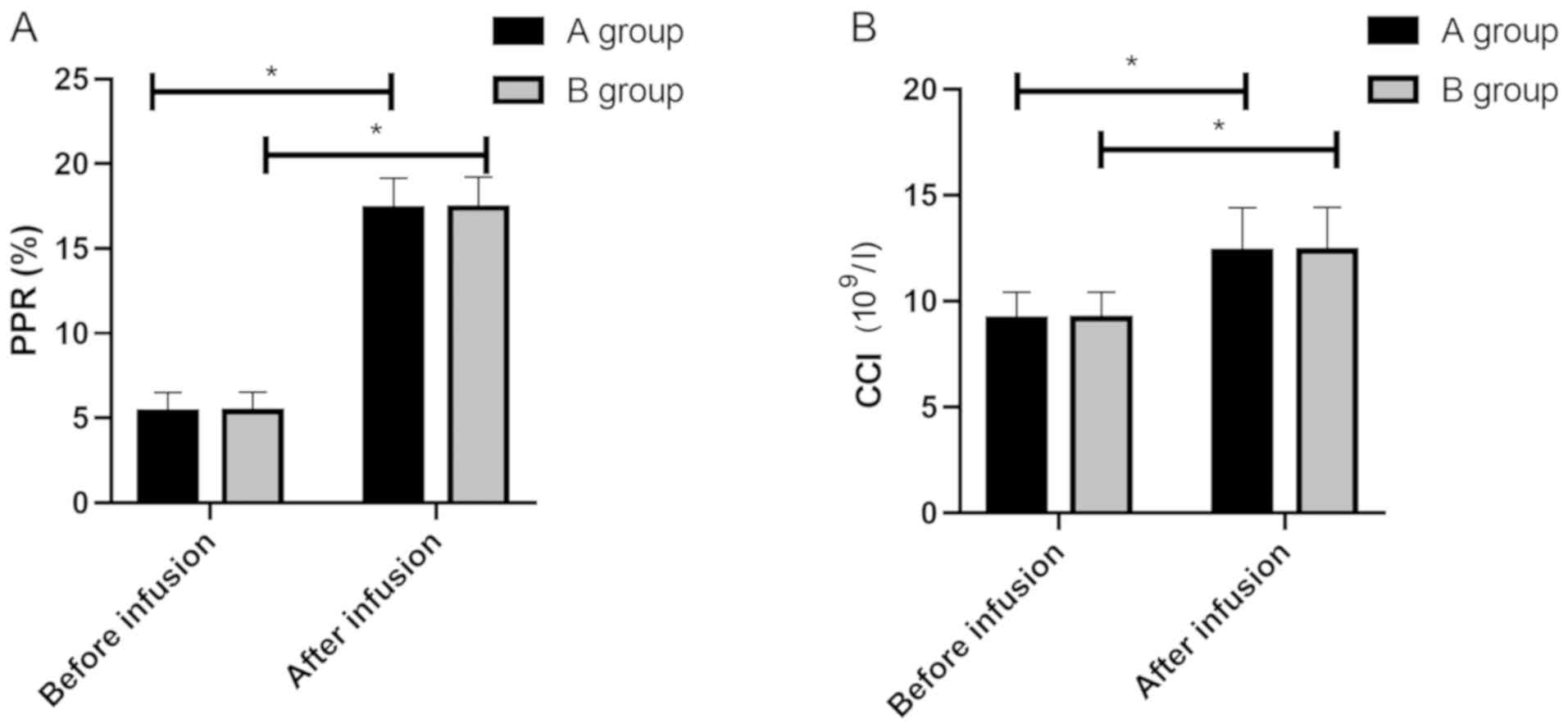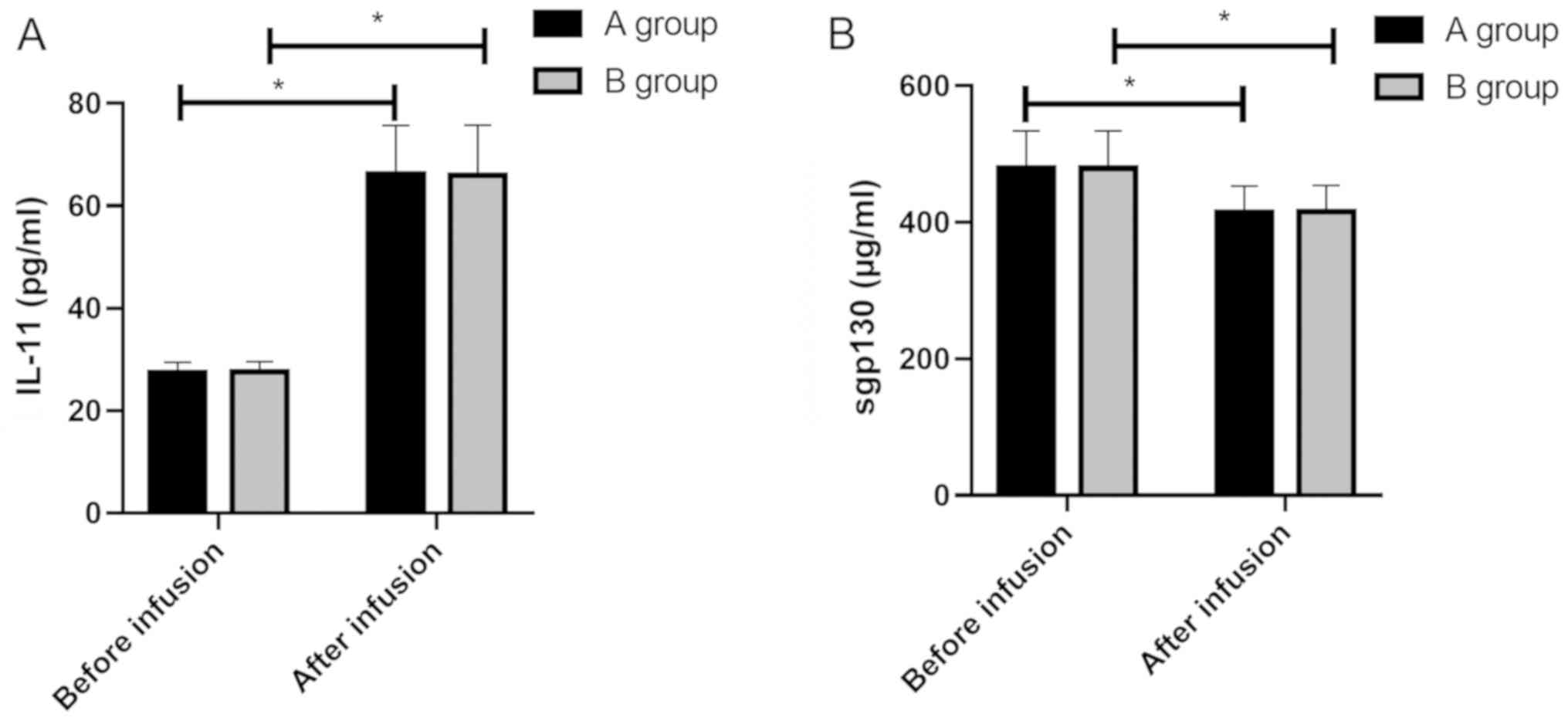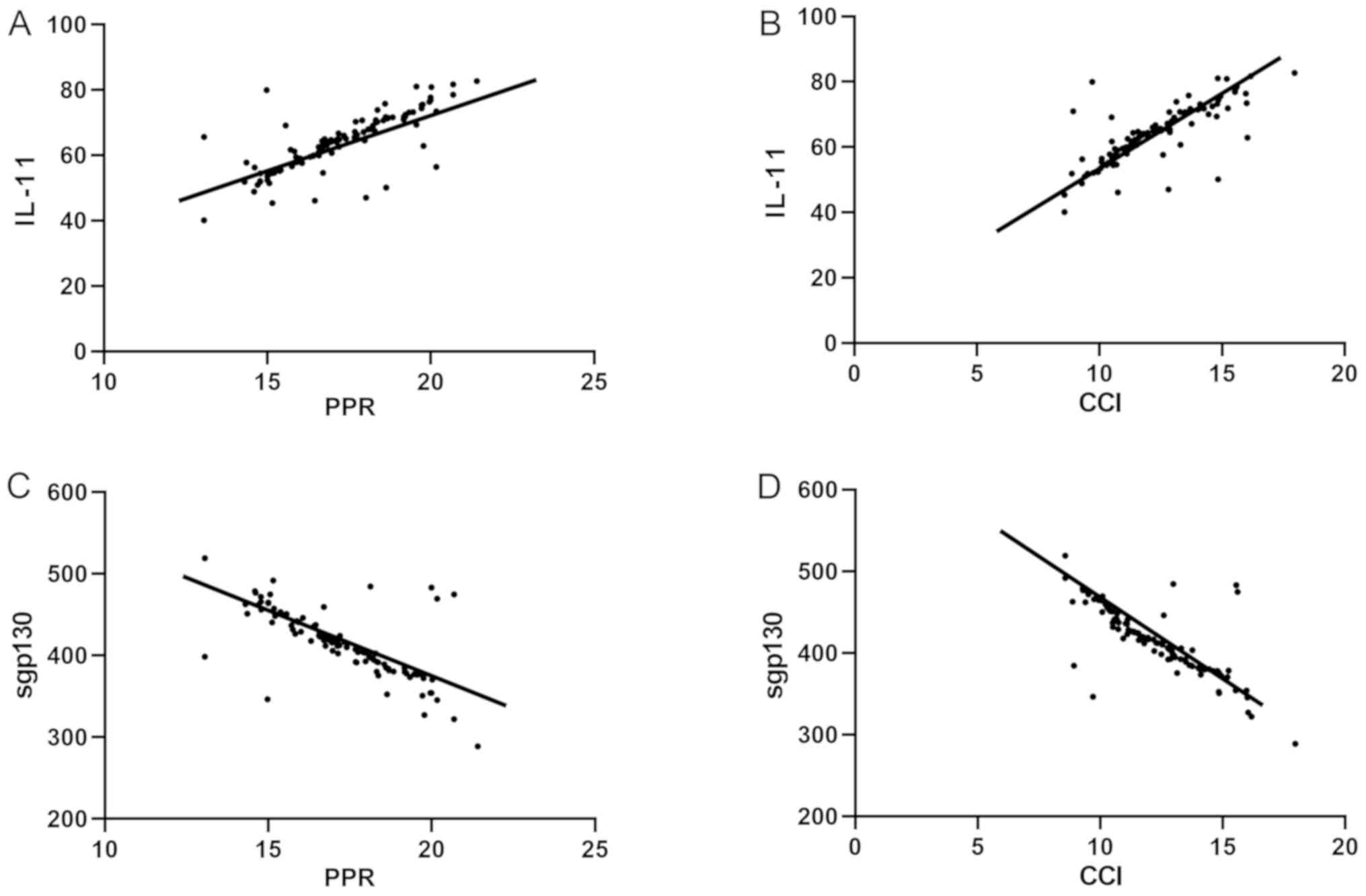|
1
|
Maertens J, Marchetti O, Herbrecht R,
Cornely OA, Flückiger U, Frêre P, Gachot B, Heinz WJ, Lass-Flörl C,
Ribaud P, et al Third European Conference on Infections in
Leukemia, : European guidelines for antifungal management in
leukemia and hematopoietic stem cell transplant recipients: Summary
of the ECIL 3–2009 update. Bone Marrow Transplant. 46:709–718.
2011.PubMed/NCBI
|
|
2
|
Takami A, Yano S, Yokoyama H, Kuwatsuka Y,
Yamaguchi T, Kanda Y, Morishima Y, Fukuda T, Miyazaki Y, Nakamae H,
et al: Donor lymphocyte infusion for the treatment of relapsed
acute myeloid leukemia after allogeneic hematopoietic stem cell
transplantation: A retrospective analysis by the Adult Acute
Myeloid Leukemia Working Group of the Japan Society for
Hematopoietic Cell Transplantation. Biol Blood Marrow Transplant.
20:1785–1790. 2014.PubMed/NCBI
|
|
3
|
Roe JS, Mercan F, Rivera K, Pappin DJ and
Vakoc CR: BET bromodomain inhibition suppresses the function of
hematopoietic transcription factors in acute myeloid leukemia. Mol
Cell. 58:1028–1039. 2015.PubMed/NCBI
|
|
4
|
Liu W and Freedman HI: A
reaction-diffusion model of leukemia treatment by chemotherapy. Can
Appl Math Q. 11:249–282. 2003.
|
|
5
|
Jiang L, Yu G, Meng W, Wang Z, Meng F and
Ma W: Overexpression of amyloid precursor protein in acute myeloid
leukemia enhances extramedullary infiltration by MMP-2. Tumour
Biol. 34:629–636. 2013.PubMed/NCBI
|
|
6
|
Houwerzijl EJ, Blom NR, van der Want JJ,
Louwes H, Esselink MT, Smit JW, Vellenga E and de Wolf JT:
Increased peripheral platelet destruction and caspase-3-independent
programmed cell death of bone marrow megakaryocytes in
myelodysplastic patients. Blood. 105:3472–3479. 2005.PubMed/NCBI
|
|
7
|
Frinc I, Dima D, Chitic M, Berce C,
Berindan-Neagoe I, Tat T, Tanase A, Tomuleasa C and Bojan A:
Transthoracic ultrasonography for the follow-up of a chronic
lymphocytic leukemia patient with chemotherapy-induced
immunosuppression prior to allogeneic stem cell transplantation. A
case report. Med Ultrason. 19:330–332. 2017.PubMed/NCBI
|
|
8
|
Just Vinholt P, Højrup Knudsen G, Sperling
S, Frederiksen H and Nielsen C: Platelet function tests predict
bleeding in patients with acute myeloid leukemia and
thrombocytopenia. Am J Hematol. 94:891–901. 2019.PubMed/NCBI
|
|
9
|
Apelseth TO, Tor Hervig MD and Øystein
Bruserud MD: Platelet transfusion in acute leukemia patients with
severe chemotherapy-induced thrombocytopenia: The possible
importance of hemoglobin levels and red blood cell transfusions for
evaluation of clinical effects of transfusion. Transfusion.
50:2505–2506. 2010.
|
|
10
|
Wang Q, Du X, Yang M, Xiao S, Cao J, Song
J and Wang L: LncRNA ZEB1-AS1 contributes to STAT3 activation by
associating with IL-11 in B-lymphoblastic leukemia. Biotechnol
Lett. 39:1801–1810. 2017.PubMed/NCBI
|
|
11
|
Richards PJ, Nowell MA, Horiuchi S,
McLoughlin RM, Fielding CA, Grau S, Yamamoto N, Ehrmann M,
Rose-John S, Williams AS, et al: Functional characterization of a
soluble gp130 isoform and its therapeutic capacity in an
experimental model of inflammatory arthritis. Arthritis Rheum.
54:1662–1672. 2006.PubMed/NCBI
|
|
12
|
Mason J and Griffiths M: Molecular
diagnosis of leukemia. Expert Rev Mol Diagn. 12:511–526.
2012.PubMed/NCBI
|
|
13
|
Gmür J, Burger J, Schanz U, Fehr J and
Schaffner A: Safety of stringent prophylactic platelet transfusion
policy for patients with acute leukaemia. Lancet. 338:1223–1226.
1991.PubMed/NCBI
|
|
14
|
Hasegawa H, Nomura T, Kohno M, Tateishi N,
Suzuki Y, Maeda N, Fujisawa R, Yoshie O and Fujita S: Increased
chemokine receptor CCR7/EBI1 expression enhances the infiltration
of lymphoid organs by adult T-cell leukemia cells. Blood. 95:30–38.
2000.PubMed/NCBI
|
|
15
|
Makaryus AN, Tung F, Liu W, Mangion J and
Kort S: Extensive neoplastic cardiac infiltration in a patient with
acute myelogenous leukemia: Role of echocardiography.
Echocardiography. 20:539–544. 2003.PubMed/NCBI
|
|
16
|
Li Y, Azuma A, Takahashi S, Usuki J,
Matsuda K, Aoyama A and Kudoh S: Fourteen-membered ring macrolides
inhibit vascular cell adhesion molecule 1 messenger RNA induction
and leukocyte migration: Role in preventing lung injury and
fibrosis in bleomycin-challenged mice. Chest. 122:2137–2145.
2002.PubMed/NCBI
|
|
17
|
Noguchi T, Ikeda K, Yamamoto K, Ashiba A,
Yoshida J, Munemasa M, Takenaka K, Shinagawa K, Ishimaru F, Yoshino
T, et al: Severe bleeding tendency caused by leukemic infiltration
and destruction of vascular walls in chronic neutrophilic leukemia.
Int J Hematol. 74:437–441. 2001.PubMed/NCBI
|
|
18
|
Li JJ, Chen BA, Huang CY, Li CP, Shi GY,
Xiao JY, Ding JH, Gao C, Sun YY, Wan J, et al: Test of activated
plasma clotting time to assess efficacy of platelet transfusion.
Exp Hematol. 15:108–111. 2007.
|
|
19
|
Balic JJ, Garbers C, Rose-John S, Yu L and
Jenkins BJ: Interleukin-11-driven gastric tumourigenesis is
independent of trans-signalling. Cytokine. 92:118–123.
2017.PubMed/NCBI
|
|
20
|
Zhang QR, Wu DP and Miao M: Level and
clinical value of the plasma IL-11 and soluble gp130 in the
patients with acute leukemia during the treatment of the induced
remission. Zhongguo Shiyong Neike Zazhi. 17:1376–1378. 2007.(In
Chinese).
|
|
21
|
Yan M and Jurasz P: The role of platelets
in the tumor microenvironment: From solid tumors to leukemia.
Biochim Biophys Acta. 1863:392–400. 2016.PubMed/NCBI
|
|
22
|
Ishikura H and Kitamura T: Trauma-induced
coagulopathy and critical bleeding: The role of plasma and platelet
transfusion. J Intensive Care. 5:22017.
|
|
23
|
Julmy F, Ammann RA, Mansouri Taleghani B,
Fontana S, Hirt A and Leibundgut K: Effects of high-yield
thrombocytapheresis on the quality of platelet products.
Transfusion. 48:442–450. 2008.PubMed/NCBI
|
|
24
|
Wolf J, Waetzig GH, Chalaris A, Reinheimer
TM, Wege H, Rose-John S and Garbers C: Different soluble forms of
the interleukin-6 family signal transducer gp130 fine-tune the
blockade of interleukin-6 Trans-signaling. J Biol Chem.
291:16186–16196. 2016.PubMed/NCBI
|
|
25
|
Lemmers A, Gustot T, Durnez A, Evrard S,
Moreno C, Quertinmont E, Vercruysse V, Demetter P, Franchimont D,
Le Moine O, et al: An inhibitor of interleukin-6 trans-signalling,
sgp130, contributes to impaired acute phase response in human
chronic liver disease. Clin Exp Immunol. 156:518–527.
2009.PubMed/NCBI
|
|
26
|
Gerstner JB, Smith MJ, Davis KD, Cimo PL
and Aster RH: Post-transfusion purpura: Therapeutic failure of
PlAl-negative platelet transfusion. Am J Hematol. 6:71–75.
1979.PubMed/NCBI
|
|
27
|
Tzadok S, Gurevich A, Inbal A, Bar-Natan
M, Wolaj O and Raanani P: Continuous platelet transfusion increases
platelet increment in refractory hemato-oncological patients. A
Single Center Experience. Blood. 124:2888. 2014.
|
|
28
|
Yates SG and Sarode R: Is platelet
transfusion necessary in cirrhotic patients with splenomegaly?
Liver Int. 34:164–165. 2014.PubMed/NCBI
|
|
29
|
Hennewig U, Laws HJ, Eisert S and Göbel U:
Bleeding and surgery in children with Glanzmann thrombasthenia with
and without the use of recombinant factor VIIa. Klin Padiatr.
217:365–370. 2005.PubMed/NCBI
|
|
30
|
Beardsley DS, Chen BG and Kruglov O: A
Mechanism for exacerbation of chronic ITP by infection: Toll-like
receptor 4 (TLR4) activation enhances antibody-mediated platelet
phagocytosis by human macrophages. Blood. 108:4802006.PubMed/NCBI
|

















